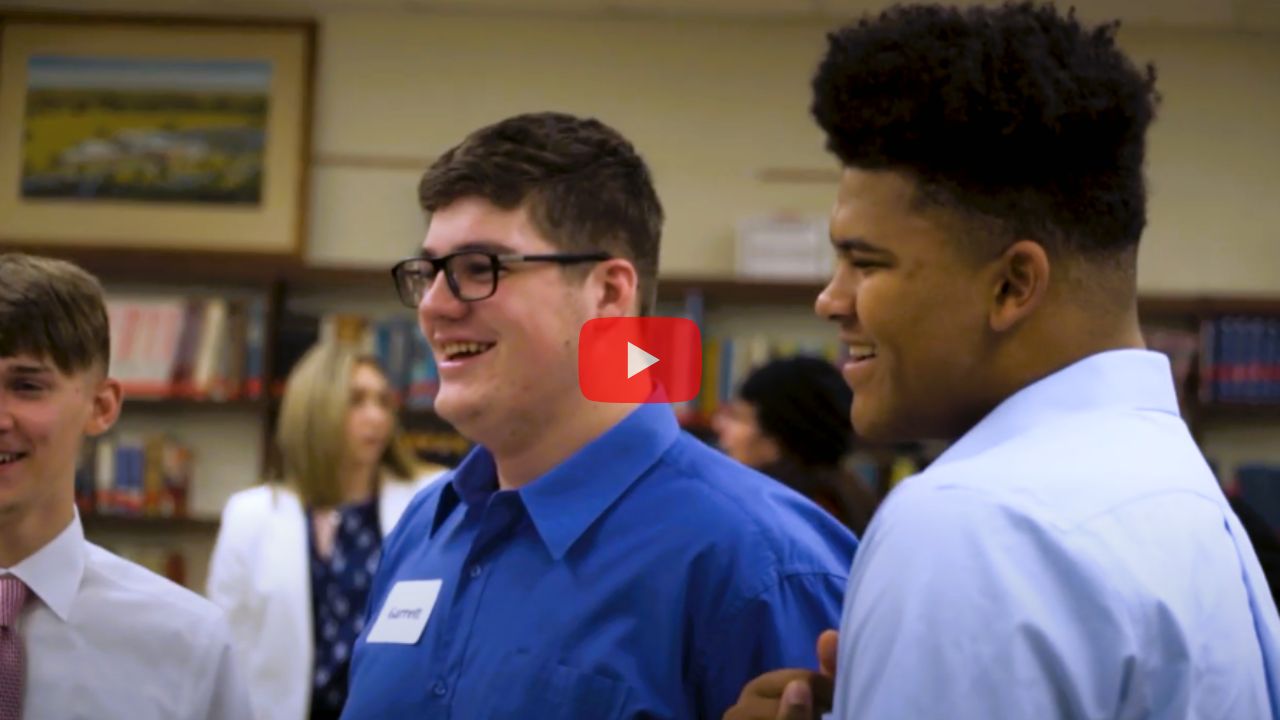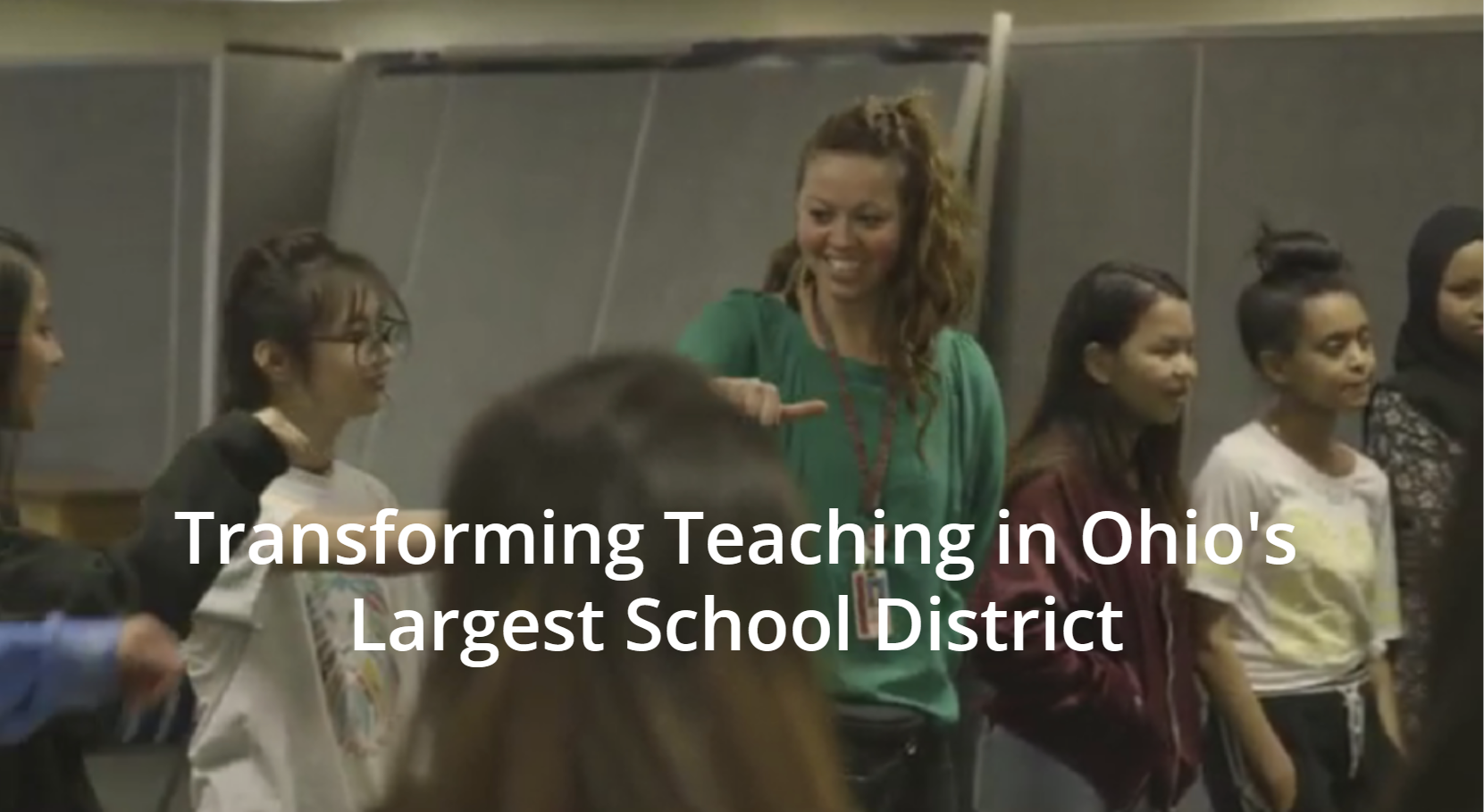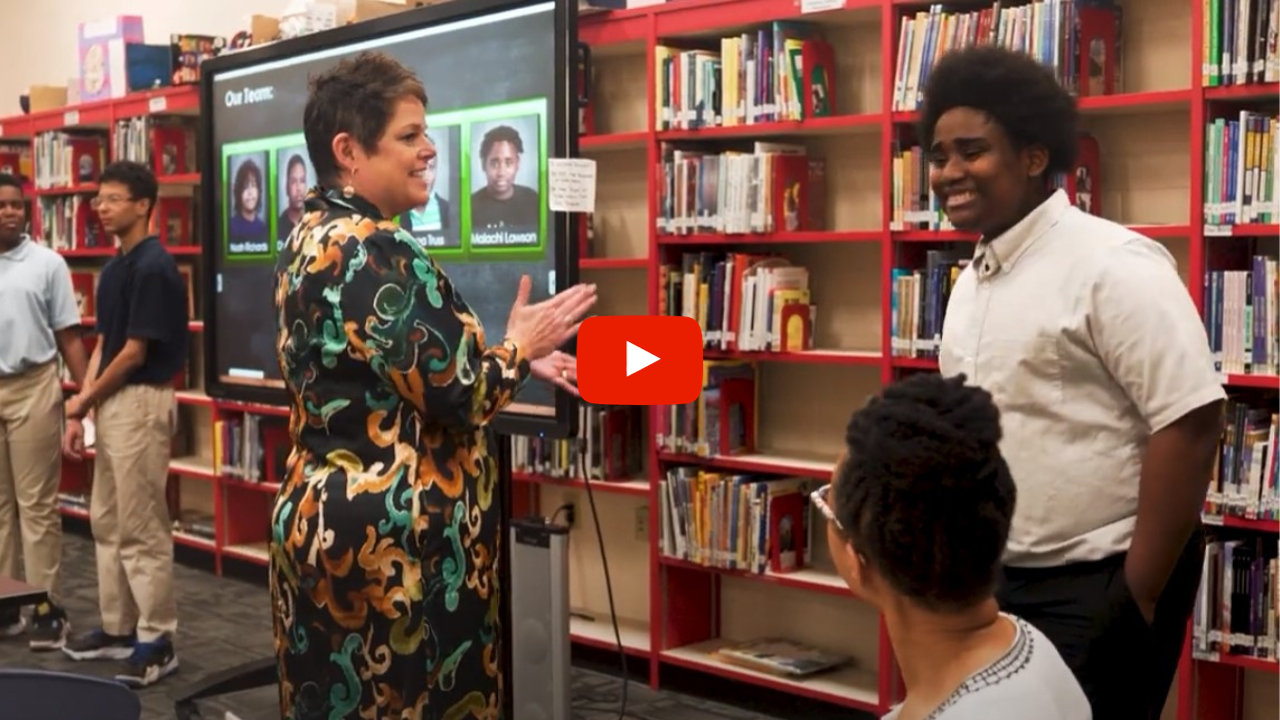In this episode, Doris speaks with Mel McGee, Founder and CEO of We Can Code IT. Mel shares how she applied Korda Method in Coding Bootcamps that are making the tech industry more diverse and inclusive by preparing unemployed and underemployed adults to be skilled software developers. She explains how the innovative curriculum is directly impacting student’s employability after graduation.
Do School Better: A Podcast for People Who Want to Transform Education - Listen to more episodes here
Doris: Hi, Mel.
Mel: Hey, Doris, how are you?
Doris: I am great. I’m talking to you. I’m so excited. So, Mel, what you do is a little different from the normal teacher, and I’d love for you to share who you are, what you do, and why you decided to do it. And what you’re doing, what the results are, what’s happening with it?
Mel: I’d love to. So I have been in the software industry for a little over 20 years now. I started off as a developer and I’ve had different roles in IT, but I’ve always had my hands in code. I’ve always loved the creative side of problem-solving. A few years back, I would go on speaking engagements. And I found a lot of women, especially, were coming up to me saying, “Can you teach me how to code?” And I learned quickly that they felt intimidated asking my male peers and they felt more comfortable with my style and my approach. So I started saying yes. After a while, enough people were asking that I decided to create a class.
So, We Can Code IT started very organically from this need, from this need in the community. So we started as a women’s group. But the more I thought about it, I thought, you know, diversity isn’t just women, it’s not just race, gender, it’s not just age, it’s experience. There are so many different aspects of diversity. And this was extremely important to me because I as a woman in tech have found myself feeling very alone there. I’m one of the few women in tech unfortunately. And women, people of color, are very underrepresented in technology, and I want to change that. And I want to change that not only because it helps those individuals get really great paying careers that are really satisfying, but it also helps our society in the sense that we need a ton of computer professionals out there. We need programmers to fill the million expected unfilled U.S. jobs by 2020. So I found myself really wanting to do more with diversity in technology. And I started getting requests. So this happened very organically. I started getting requests for coding bootcamps, fast track coding programs.
Now, you have to remember, I have my own software development company going on at the same time so this was a big shift for me. But I decided this is where my passion was, and I was seeing some amazing results in some very, very happy women coming out of my classes. So, March of 2015, we launched our very first coding bootcamp focused on diversity and inclusion in technology. So our students go through are either daytime or evening program. We wanted to leave evenings open for folks who have to work, but it’s still a very fast-paced, intense program. And our focus is on craft, community, social consciousness, and it’s also very much on employability. So we’ve seen some amazing results from our bootcamp helping folks start great new careers as software developers, which happens to pay a great deal of money and has a lot of great fun, creative things you can do with it, problem solving, respect, all of these great rewards that go along with it.
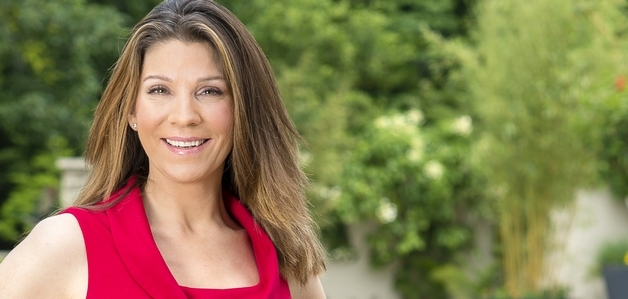
Doris: Well, then you and I met and started working together before your first bootcamp. And I think it would help a lot if you gave a couple examples of who the students were, and, even if you remember. I mean you’ve taught so many since, but even in that very first class or anybody, just who is it that we’re talking about?
Mel: Right. Our first few cohorts, we had…
Doris: And you can use code names, right?
Mel: Yes.
Doris: If you want.
Mel: Thank you. Debbie is a great example of a successful student who has come out of We Can Code IT, and using the Korda Method, how she has really been successful in her life when she started with us. She was a single mom. She had a college degree, but she was very underemployed. So she was making what would be considered poverty, under the poverty level. So she was very underemployed. She had a child to take care of. She didn’t have much time. She was very bright. And she was stuck in a very dead-end situation. She found out about We Can Code IT, she came in. We used problem and project-based learning in a very collaborative, community, team approach to solving problems, and she just rocked it out. I mean she just did phenomenally in the program. She really got very excited and motivated about it. And at the end of the program, she ended up making five times as much with one of our employers than she had made prior to the program. So I mean you can just imagine…
Doris: So she got a full-time job in IT and software development.
Mel: Correct. Yup.
Doris: In software development. That’s incredible. That’s incredible. And you have story after story like that, yes?
Mel: Story after story. Most of our students come in, again, unemployed or underemployed or very unhappy in a dead-end career. For example, we have another student, Liz, who went through our program. Now she was a college major in marketing. So she went through college, but she ended up, like so many folks who go into very saturated careers, she ended up with a job in a cubicle, I think, you know, doing telemarketing or something like that. And she was not happy, so unhappy in that job that she said that she was going to become a waiter at a nice restaurant because at least she’d be able to get out of her cubicle and probably make a little bit more money. So when she came to us, she was sort of at the end of her rope there. And, you know, her father was a software developer so she thought early on, and this is the kicker for women or anyone who doesn’t feel invited to the tech table, is early on, college does not attract women, people of color, into programs. They’re attracting the same folks over and over again so…
Doris: Yeah, into tech programs. Right.
Mel: Yeah, into tech programs. And so they’re so, you know… So she saw We Can Code IT. Her dad told her about We Can Code IT. So she came to us, and again, she just put the effort forth. She was really working. We work on not only, you know, programming and solving problems using programming, using software development, but we also help them work on careers. We have a very heavy career focus as well. So they’re doing things, they’re creating networks, they’re going to events and meetups, and groups, and stuff like that throughout the progress. She got a job immediately after her graduating in the program. One of those, four times the salary she was making before. She’s super happy. She’s a software developer. And she’s very proud and very… And again, we have story after story like that.
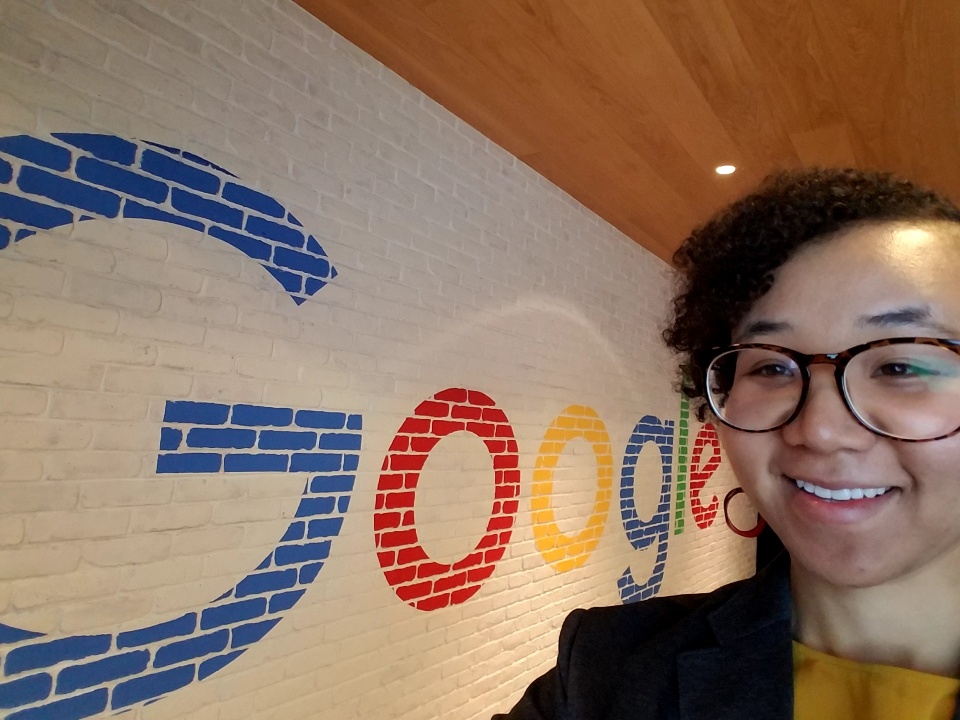

Another one was a mother-daughter team, which I loved, because the mom used to be an engineer. And then she decided to home-school her children so she stayed at home. Now, her daughter went to college and she majored in English. And she was working as an educator, as a teacher, a K12 teacher. And she was sort of burnt out from that, and she found out about us, and then she convinced her mom, “Hey, mom. Why don’t you do this with me?”
Doris: Oh, wow.
Mel: So they both went to the program together.
Doris: That’s wonderful. That’s fantastic.
Mel: Yeah. It was perfect. Yeah, and again, hired with job offers before they even graduated. Tremendous story.
Doris: So I’ve been watching your…you’ve been hitting it out of the park. Cohort after cohort, you’ve kept up in the, what I’ll call the diversity part of your mission, the cohort after cohort of very, very diverse students, adults who are unemployed and underemployed. And in a few intense weeks, you teach them to code, and you teach them the kinds of skills that they need that make them hugely employable. And they’re having success. They’re having not only financial success, but career success, and life success.
So, Mel, give an example. Give an example of one of the problems that a team worked to solve, and what they did, and then what kinds of things they learned by doing that?
Mel: Absolutely. I’m excited to. We have a ton of projects. But first, let me step back a little bit and explain how our program works. So we use the Korda Method, and we start with skill building and methodology prior to…in a problem, project-based way prior to allowing students to get together and come up with their own final project ideas, right? So the students get together and pitch out project ideas to their classmates, and the classmates vote on them. And the top four or five depending on the number of students in a class end up getting selected. And the thing I’m really proud about is our students make these wonderful, socially-minded, community-oriented applications for their final projects. So they work on their final projects prior to presenting them during our career day, and they present them to employers and other community members.
And we’ve had some amazing, cool projects. A lot of projects about urban farming, keeping your kids safe with QR codes, and fun stuff like that, and really helpful stuff like that. One that sticks out to me though, a lot was a street harassment reporting app done by one of our students who was robbed and assaulted at a bus stop. So after this assault…
Doris: Wow.
Mel: Yeah, exactly. And, you know, what really bothered her about this, not that that is an awful on its own, but to add insult to injury, she learned that additional assaults happened right there at that same bus stop that very same day.
Doris: Wow.
Mel: But she wasn’t made aware, right? Right?
Doris: Yeah.
Mel: I mean that’s good. Yeah. So she was, yeah.
Doris: So she pitched that idea coming from her personal experience…and created an app that would… What did this… So I assume the app gives you information on where you are relative to safety?
Mel: Yeah. It’s an app, and people can look on it on their mobile phone or on their desktop, but it’s a mapping app and it helps others who are waiting for a bus so they can…whoever’s waiting for a bus can look on it and see real-time crime activity. So before they even decide to use a bus stop, they can look on this app and figure out, “Wait a second. There’s crime going on around here. I might just go to this other bus stop or find another way to work,” right?
Doris: Wow.
Mel: And so she’s really helped a lot of people. So these are the kind of beautiful projects that come out of our students. And they’re learning. And they’re putting it all together. And they’re giving back. They are giving back to the community. And I think that’s special.
Doris: Well, and again, so if you think about the students you have coming in are not your usual suspects for becoming programmers, right?
Mel: Right.
Doris: These are people… And they don’t know any coding when they come in the door.
Mel: But they’re not…
Doris: And the last time…for the most part. And a few weeks later, they’re presenting to prospective employers products that they’ve created to solve a problem.
Mel: Yeah.
Doris: So during that three, four, or five weeks when they’re working as a team to build a product that is a solution to the problem that they all have a shared passion for solving, what are the kinds of things that the folks on that team have to do and learn as they race to have a successful product to present by the end?
Mel: I love that to use the word “race.” Exactly.
Doris: Yeah.


Mel: So we teach strong programming languages in Cleveland and Columbus. And in Cleveland we focus on C# because it’s what most employers around Cleveland use. We want to give employable skills to students. However, in Columbus, we teach Java. Java and C# are pretty much sister languages. They’re very similar. But we teach them based on the student’s location and what the employers in the area are looking for, for the most part. We also…
Doris: That’s good.
Mel: Yeah. Yeah, I mean, I think it’s necessary. If our job is to help our students become successfully employed as software developers and in other roles in the IT industry, we need to be providing them with the languages that are most prevalent in their areas.
Doris: So their solution in Cleveland has to be created in that language versus a different language in Columbus because that’s what you want…that’s what they need to learn in order to be highly employable in their markets. Yeah?
Mel: Yes.
Doris: Gotcha.
Mel: Yeah. Students also learn front-end as well. So C# and Java are back…called back-end languages. There’s front-end languages as well that students really love to really dive into. So HTML, CSS, and JavaScript, which are front-end web-based languages. And pretty fun, by the way. I mean they’re pretty exciting and creative. So they get…they really get in…a lot of them get into being creative through these languages.
Doris: So is it safe to say the front-end languages are what they use to develop the parts of programs that we users see?
Mel: You got it. You got it.
Doris: Back-end is the engine.
Mel: Amen. Yup.
Doris: Gotcha.
Mel: Yeah. And then, they, you know, and it’s very exciting to see them grow and navigate through all of the programming languages out there. And in the project phase of their experience, they end up working a lot with APIs, they’re called, Application Programming Interfaces. So they work with all the programs. A lot of the students end up pulling in Google Maps to make custom maps for example. The student I was talking about before who did the street harassment app, she integrated with Google Maps. She took the Google Maps API, integrated it with data from a database that was updated regarding crime rates, and that’s how she came up with this wonderful visual to display to others who needed, who wanted to utilize her application.
Other skills students really need to grasp include some basic design patterns. So we facilitate their learning of something called MVC, which stands for model-view-controller. It’s simply a pattern, a framework for students to sort of hold on to while they’re creating web applications. And the beauty about this is, not only does it make students life easier because things are really organized…well, for them they learn this organized approach, but employers love it because employers, more and more employers are utilizing those patterns. They also learn something that they would never learn in college called GitHub, or I haven’t seen it taught. Yeah, let me put it that way. GitHub is used by almost every programmer. We’re all using these repositories to share our code, and to store our code, and to save our code, and to make sure everybody on our team has the latest and greatest updated code elements, right? So…
Doris: Yeah.
Mel: You know, but they don’t use it. The employers are like using this all over the place, but it’s not taught, you know. It’s not taught because it’s more of a skill, more of an application, but it’s something that is really important and a little difficult to grasp on your own. So I’m really happy that they end up being so well-versed in it by the time the program is over. On top of that, you know, our students are very different, right? And they are learning something that I can’t say most programmers are learning, and that is the importance of communication and teamwork. Because of the Korda Method, and because of the teamwork involved, the community involved, the full, holistic approach of it, it is understanding this complete picture of what it is to be on a team, working with others that you just don’t get in college. And it ends up, students end up walking out with a confidence and maturity that I have rarely seen from other schools of thought, so to say.
Doris: Yeah, and you’ve been in the industry, so you’ve been in the trenches and, you know that you can have the most brilliant coder in the world, and if they can’t work with others or on a team, it’s done.
Mel: Yeah. Yeah, absolutely. And nobody else wants to work with them, and things get stalled, and it’s awful. So that is so important. It is important to employers, too. It’s very important. I mean emotional intelligence is really the strong, I mean, indicator of success at a company, right? And the Korda Method really embeds that, right?
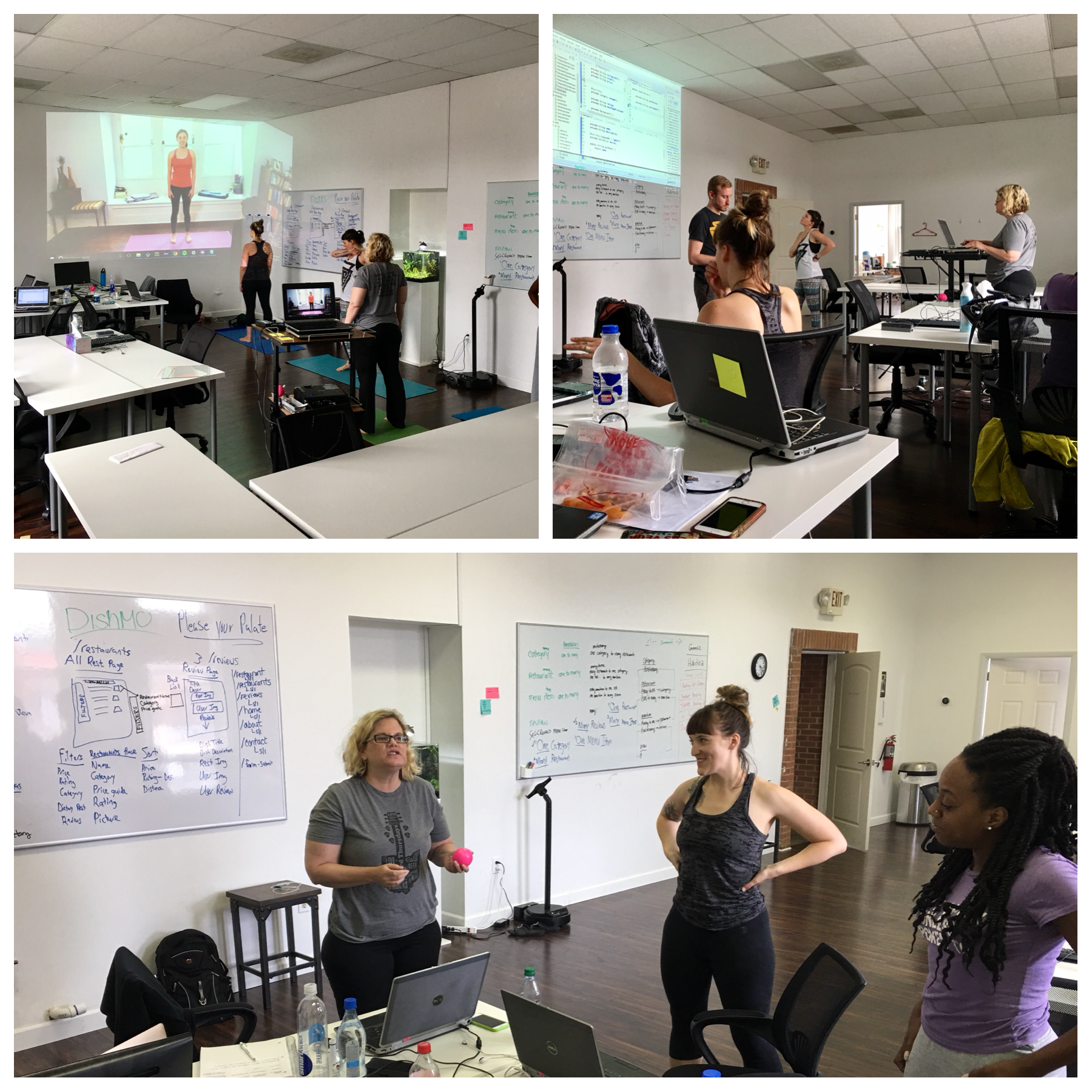
Doris: Well, yeah. It’s all it’s all about building those skills, and the collaborative skills, and creative problem-solving. And so you very bravely, I mean, from the first time we met…You knew coding, you knew software development, you knew the technology part, and you were very brave in seeking out the curricular and instructional practice methods that you could use to incorporate so that the learning would be powerful. Talk about how the learning has happened. What are your takeaways about the value of this method as you’ve seen it play out in We Can Code IT?
Mel: Absolutely. So using your method has really, wow, really helped us hit it out of the park like we have. And really helped us differentiate ourselves and continue to have 80% of our students are women or minorities. Now compare that with the traditional computer science classroom in college campuses as well as in the industry. It’s the reverse. I mean, most you’re going to have 20% women and minorities in those classes. So, attracting those who usually don’t feel invited to the table, or are just downright repulsed, right, by this, you know, computer science class where they see a bunch of people lined up, you know, hearing a lecture that you want to fall asleep and, “Oh, my gosh, when is this going to end? And how is this going to affect my GPA?” and all of these crazy concerns, you know.
First of all, your method eliminates that. It eliminates that. I mean it’s not…this is not about professing. This is not about the teacher. This is not…this is all student-centered. It’s about how to deliver to the student. And to do it on terms that are best for them, not best for the administration of education, right? And by that, I mean, you know, some kind of industrial revolution sense of we have to get a student from class to class at this time to make it most efficient. Now this is about learning and engagement.
Doris: Yeah.
Mel: And I think that’s the biggest part because it really did help us attract a different audience, the audience we want to attract, the audience that needs to be in tech that don’t feel invited. So that was, I mean, first and foremost, just the community aspect, the team building, the teamwork, the creative problem-solving, not just, “Hey, type this stuff and geek out.” Right? Staring at your shoes. But, no, working together in agile collaborative fashion.
Doris: Right.
Mel: It’s what software is about. So your method also fit perfectly in with, you know, how more innovative software teams are working together in agile approaches. It fits perfectly with computer science education. The ideas of learning by experimenting and the ability to look problems up holistically, it is so important, especially as we progress here in the 21st century. So being able to see the impacts of different solutions, and understanding there’s not just a single solution has been a great value to the students.
Another huge part of the Korda Method that is a pillar of We Can Code IT is that it teaches students how to teach themselves, right? So they’re not…you’re not force feeding them or…you’re teaching them how to fish, not giving them the fish. And we very strongly believe in that, especially in the software development industry, and pretty much any industry honestly in the 21st century, right, and beyond. You have to change. You have to be adaptable. You have to figure out how to look things up, how to search for things. And we take that very seriously in our classroom. We have them…if they have a question, you know, instead of saying, “Hey, teacher, please give me the answer to this so I can fill it in.” No, we’re going to push back a little. We’re going to say, “Hey, have you look this up? How about talking to a classmate? How about talking to other people in your group? Then if you’re still struggling, let me help you out.” And it’s not…you know, it’s self-reliance in a sense, right?
Doris: Right. But there’s real meat that they have to learn. There’s content. There are skills and there’s also…they have to learn how to code to actually have things, technology that they need to master and mechanics.

I have seen, you know, I’ve been to your career day, and I have seen the quality of the presentations and of the systems that your students have built and I’ve been blown away. And you can see, you had a packed room of employers, and I was thrilled to hear afterwards that everybody got, you know, everybody got a job coming out of these workshops. Talk about how this is growing. Like, so you started, I mean, you started with one workshop in March in Cleveland, I remember. What’s happened?
Mel: March 9th, 2015 we began in Cleveland with a handful of students, a handful. It was our pilot group, right?
Doris: Yeah.
Mel: And guess what? I made a lot of mistakes. I made a lot of mistakes.
Doris: Yeah.
Mel: And I learned. And students, you know, and the program, we are very interested in continuous learning, continuous feedback loops, and getting…tweaking and getting better each and every time. One thing that really stuck in my head from going through your workshop was the importance of reflection. So, from the very beginning, we ensured that not only were we, the students going through this problem project-based learning, but then they were reflecting on it, and sort of integrating it into their whole lives, right? And so, by that small group… We even started it there. We had daily stand-ups. So we’d get circle… And that helps them also with scrum, which they’ll see in a business environment if the business is using agile methodology, they do daily stand-ups, communication. So we had a constant feedback loop going on from students because of that, and one-on-ones that the students as well. From that, we have grown from that little, tiny cohort to graduating 150 students per campus annually.
Doris: Wow.
Mel: And we have two campuses now, and we plan to open a couple more next year.
Doris: Wow. Well you know, the work you are doing is exactly what has t happen to start changing really an entire industry.
Mel: Amen. Amen.
Doris: Yeah. Well, Mel, thank you. Keep doing what you’re doing. I am just so honored to know you and watch what you’re doing. It’s powerfully important.
Mel: The feeling is mutual, Doris. And honestly, I am forever indebted to you for really getting us started because you really helped us avoid a lot of mistakes, you know, and avoid a lot of issues and problems, and instead create a very successful program, which actually helps people, and, you know, helps the whole community. So, thank you.
Doris: Thank you. Thank you, Mel, for this conversation.


